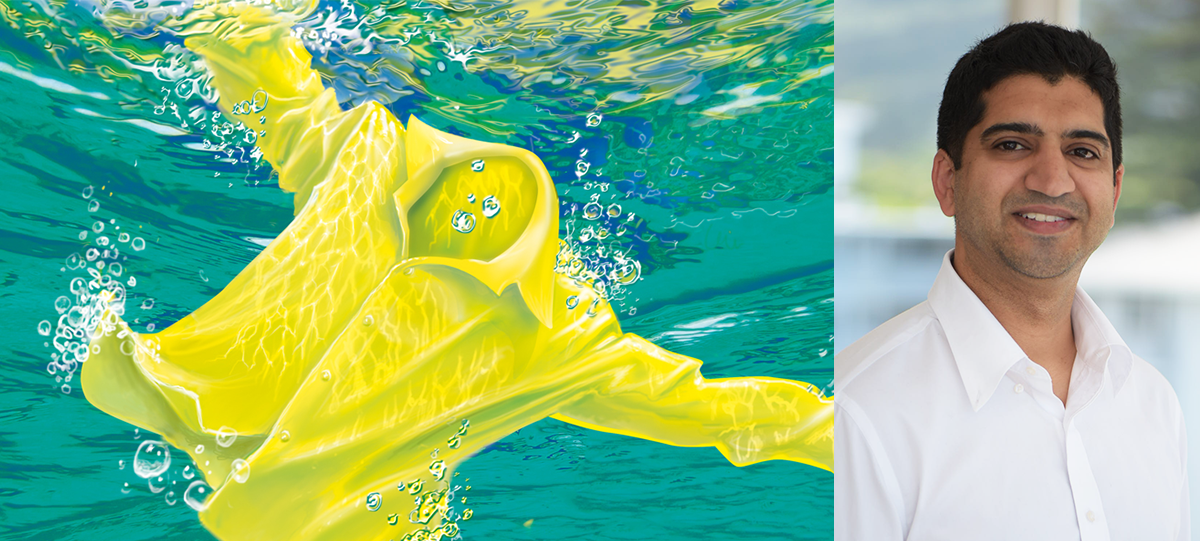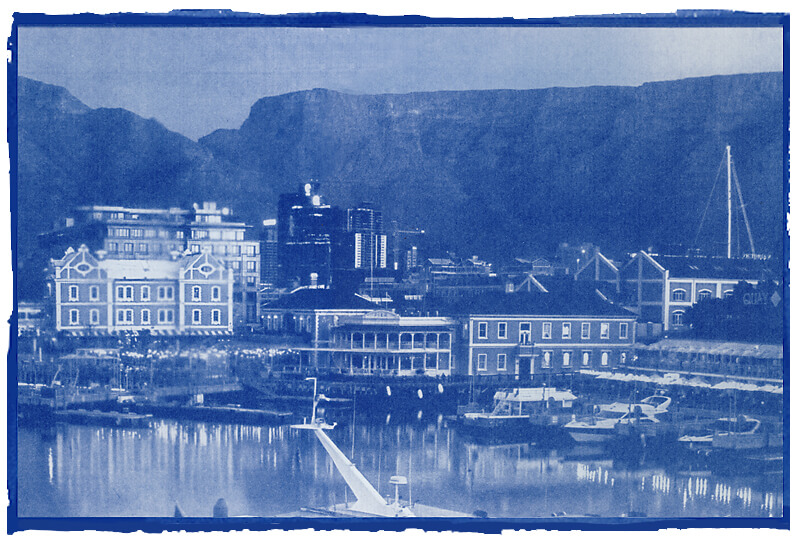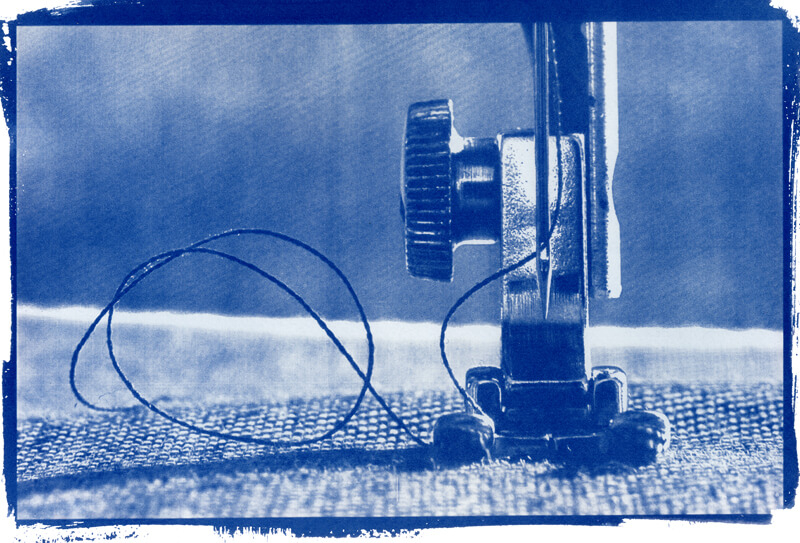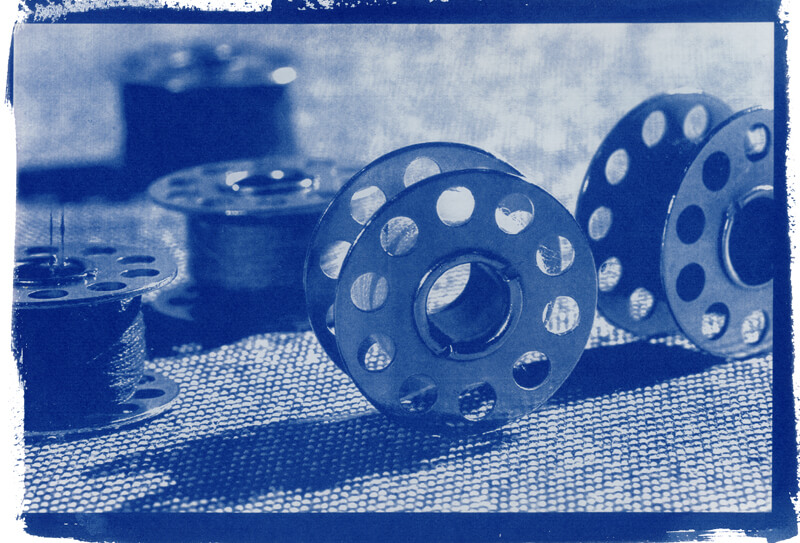We unpack the company’s historical successes and assess how a recent change in strategy may affect their prospects in a market that is now largely bereft of growth.
Reflecting on the good old days
Mr Price’s offering of on-trend merchandise to a young, fashion-conscious demographic, at price points far more affordable than other retailers, was a winning formula. In 2000, the median age of the South African population was 22. Mr Price positioned themselves accordingly, within a target market that constituted more than 50% of the population, with few competitors adopting the same focus.
The business model, aimed at selling high volumes of fashionable items at low markups, proved enormously successful. They were able to deliver the fastest inventory turnover in the sector – ie their stock assortment mostly sold out and was replenished in a short time frame. With more than 80% of Mr Price’s sales being cash-based, the business operated in a virtuous cycle of generating high levels of cash that continued to fund a runway of opportunities for opening new stores. This resulted in even higher levels of cash flow for the group and from 2012 to 2016, the business delivered a remarkable return on capital of more than 50% pa, and paid substantial dividends.
The group successfully extended their value-based fashion offering into new formats that included Mr Price Home (1998) and Mr Price Sport (2006) – adding further lucrative revenue streams (below left).

Rising competition
Between 2017 and 2022, Mr Price’s sales growth slowed to a modest 6% pa, with earnings declining in 2017 for the first time since the group’s inception. This change in trajectory seemingly resulted from the flagship Mr Price Apparel1 chain reaching maturity following more than two decades of rapid growth (57% of 2021 revenue as shown in left chart above). The total number of apparel items sold had plateaued and began to decline from 149 million units in 2015 to 147 million by 2020, despite having increased their retail store footprint by 23% over this period.2
Mr Price Apparel achieved remarkable growth in the market niche they had identified, without major competition. Recent years have, however, seen this market become far more competitive, with the influx of strong global retailers such as Cotton On and H&M. These new foreign players have entered the country with effective merchandise propositions, global supply chains and substantial capital backing, and have expanded store footprints countrywide. Additionally, the impact of Pick n Pay Clothing has been significant due to the overlap in the key ladies moderate wear clothing category, which we estimate accounts for approximately 40-50% of the Mr Price Apparel range. Pick n Pay Clothing has grown its sales from approximately R1 billion to R5 billion between 2012 and 2022, rendering them a substantial competitor against Mr Price Apparel’s R14 billion sales mark in 2022.
Edgars, one of the largest local retailers in 2007, is no longer shedding meaningful market share to Mr Price following their recent change in ownership and restructuring. An extended period of mismanagement saw Edgars’ market share drop from 17% in 2007 to just 5% by 2022.
1 These stores are branded as “Mr Price”.
2 2021 sales volumes for Mr Price Apparel declined to 136 million due to constraints caused by COVID lockdown restrictions. Volumes for 2022 were not disclosed. 2020 volumes appear not to have been materially affected by the restrictions.
Blurred vision
Following the retirement of Mr Price’s CEO, a new management team took over at the beginning of 2019, tasked with reinvigorating the brand and regaining a growth trajectory. The new team articulated a new vision for the group: “to become the biggest retailer in Africa by market capitalisation”3.
While pursuing growth and aiming to raise the valuation of a company is a normal business imperative, we believe that Mr Price’s valuation-based vision is misguided and somewhat problematic. Pursuing size for its own sake leaves the door open to acquisitive growth that may erode shareholder value if too high a price is paid. It also may, in pursuit of size, encourage excessive risk-taking or changing course into areas beyond the company’s core competencies.
A higher market capitalisation should be a consequence of delivering on product and operational excellence as well as meeting customer needs in an outstanding way. We fear that this vision may well be counterproductive to the group as investors could derate the share due to the increased risks of potential misallocation of capital.
3 The equity value of a company as determined by the stock market. Shoprite is currently the largest retailer in Africa by market capitalisation (R140 billion), which compares with Mr Price’s current market capitalisation of R40 billion.
Acquisitive growth is risky
In pursuit of their vision, Mr Price has used shareholder capital to acquire three unlisted companies in the past three years, aimed at growing the size of the company and bolstering the group’s growth opportunities (right chart above). For R1.6 billion they purchased the Durban-based discount apparel retailer Power Fashion, for R500 million they bought Yuppiechef – the upmarket homeware retailer – and, most notably, for R3.6 billion they acquired 70% of Studio 88 – the largest independent retailer of athleisurewear in South Africa.
These transactions make the Mr Price group the third largest apparel retailer in South Africa by sales, behind Pepkor and The Foschini Group (TFG), with management indicating that further deals are likely.
An acquisitive strategy involving aggressively buying businesses is a marked departure from the group’s historical strategy and is, in our view, inherently risky. The unexpected resignations of the two founders of Yuppiechef just nine months after it was acquired by Mr Price is an early example of this – especially as the original plan was for them to continue running the business. There are many common risks with acquisitive dealmaking, for example: overpaying (given that sellers have more information than buyers) and acquiror management overrating their ability to add value to businesses they acquire.
Cash-strapped consumers
South African consumer spending has been weak in recent years, with consumers having been pressured by the pandemic’s impact on economic activity and employment, the rising cost of living (increases in the prices of food, fuel and electricity) and recently higher interest rates. These developments have reduced the amount of disposable income available for discretionary items like clothing and general merchandise (charted below). With aggregate wage growth expected to be outweighed by a continued increase in the cost of living and with very low South African economic growth prospects, the outlook for consumer discretionary spend remains bleak. Typically, a fashion-value retailer like Mr Price should perform better in this type of environment as consumers shift their shopping to cheaper retailers.

Mr Price’s recent results don’t appear to reflect much benefit from downtrading, with the total number of items sold decreasing in most divisions (as shown below).

Competition to intensify
We believe that competition will be intense in the coming period as many retailers are also chasing the more value-conscious shoppers. Pick n Pay Clothing is executing very well, TFG is aiming more for this market segment, a reinvigorated JET (under new ownership) will improve and Shoprite, a trusted value consumer brand, recently unveiled plans to enter the apparel market in 2023. Global online retailer, Shein, with their unparalleled range of on-trend fashion at extremely competitive prices, poses an additional threat to fashion-value retailers like Mr Price.
With Mr Price facing a constrained consumer, intensifying competition and pursuing a vision and strategy that we view as misguided, we see better investment opportunities elsewhere in the domestic market.




